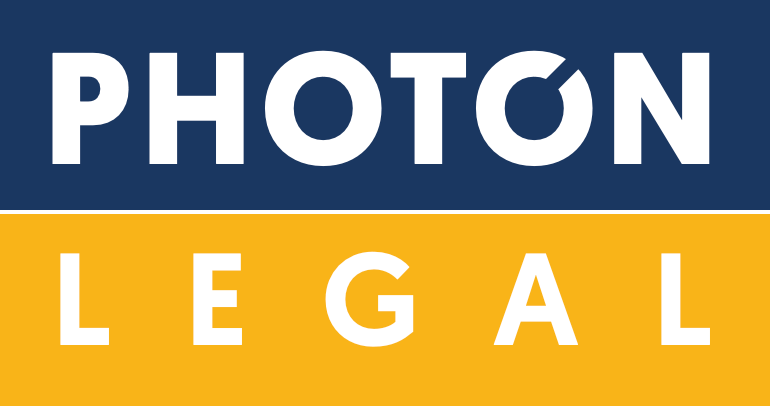
Introduction
Humans by their very nature are capable of decision-making, adaptive learning, creative output, problem solving, and many other cognitive functions. By virtue of this very fact,
they create and innovate using their human intellect, and the same IPR is duly granted protection under the Intellectual Property Laws in the form of Copyrights, Trademarks, Patents, etc.
Now imagine, if a machine is capable of replicating this human behaviour and think critically, make decisions, then increase productivity for humans, now that is Artificial Intelligence (“AI”) for us. The amalgamation of AI and Intellectual Property Rights (“IPR”) unveils a realm of unexplored possibilities. IPR is gaining prominence in the current knowledge-driven economy, and it encompasses Artificial Intelligence since both are intangible results of human creativity.
As AI’s integration deepens for ground-breaking inventions, creative works, and distinct brand identities, questions concerning the protection of IPR in the realm of AI gain prominence. This article explores the intricate nexus between AI and IPR, delving into patents, copyright, trademarks, and the legal challenges that arise in their applications.
IPR AND AI
Patents play a vital role in safeguarding novel inventions, encouraging progress and promoting innovation. Section 2 (p) of the Indian Patents Act, 1970 mentions the words “patentee” and “person interested” which creates a clear restriction to Artificial Intelligence being included in its scope. The Act explicitly restricts recognition of non-humans as patentees. Some issues which can arise in the current framework are that AI-generated ideas might fail to meet the legal standards for patentability, such as the requirements for enablement or non-obviousness. Determining non-obviousness often involves human judgment, making it challenging for an Artificial Intelligence system to assess the novelty of an idea.
In 2021, South Africa became the first country to issue a patent designating an AI Tool: DABUS – as the inventor.
COPYRIGHT AND AI

To safeguard original works of authorship, copyright law is designed. Section 2(d) of The Copyright Act, 1957 defines the term ‘author’. It states that in relation to any literary, dramatic, musical or artistic work which is computer-generated, an author is the person who causes the work to be created. Therefore, for ownership of any copyrighted work, the person should fall under the domain of an “author”. This bars the Artificial Intelligence from owning any authorship because they are generally not regarded as a legal person. This raises significant complexities regarding AI’s role in authorship and ownership, especially considering their ability to generate creative and original content.
For the first time ever, the Indian Copyright Office has recognized an AI tool – RAGHAV as the co-author of an artwork as shown below, but later sent a withdrawal notice of the co-authorship, indicating that they mistakenly granted the registration, making it a controversial issue.
The above image is the artwork named ‘SURYAST’ created by AI – RAGHAV.
TRADEMARK AND AI
A ‘trademark’ is a recognizable IPR symbol of a trade or business, primarily designed to establish a connection between branding and consumer purchasing behaviour. However, with the increasing integration of Artificial Intelligence in the online market, certain traditional trademark concepts may become less significant such as “imperfect recollection,” “confusion,” and the comparison of trademarks based on their aural, conceptual, and visible impact. The reason is that Artificial Intelligence has led to a reduction in product choices for individual consumers, as e-commerce platforms now utilize AI algorithms to recommend products based on customers’ search behaviour,
demographics, preferences, and past purchases.
For example, the Indian eyewear retail chain “Lenskart” uses AI to scan a consumer’s face, and generate eyewear recommendations based on the shape of their face.

INDIAN LAWS WITH RESPECT OF INLCUSION OF AI IN IPR
The current IPR laws are crafted in a manner that restricts IPR ownership to legal entities which includes humans or organizations consisting of humans in India. The convergence of Artificial Intelligence and intellectual property necessitates a careful reassessment of existing legal frameworks to accommodate the unique characteristics of AI. Currently, courts are interpreting the issues surrounding AI as well as IP, but there is a pressing need for well-defined and structured rules and regulations in this area. Policymakers must strive to strike a balance that fosters AI innovation while protecting IPR. This entails designing patent laws that encompass AI-generated innovations, redefining authorship and ownership within copyright law, and ensuring trademark protection to preserve distinct brand identities.
CONCLUSION
The use of AI by artists along with the general public is poised to witness significant growth due to the increasing power and autonomy of AI systems. This trend blurs the distinction between works created by humans and those generated by Artificial Intelligence. Implementing IPR in the context of AI, with proper procedures and safety measures, poses a real problem. Moreover, understanding the various features of AI becomes even more challenging, especially in developing countries
like India, which are undergoing rapid technological changes.
Successfully navigating the AI-IPR landscape requires an adaptable and forward-thinking approach. It is essential to find a balancing coexistence between AI and IPR to harness the full potential of Artificial Intelligence as a powerful tool for human creativity, promoting innovation, and enhancing our lives. By addressing these challenges effectively, society can move towards a future where AI becomes a valuable asset in driving progress and enriching various aspects of our existence.

